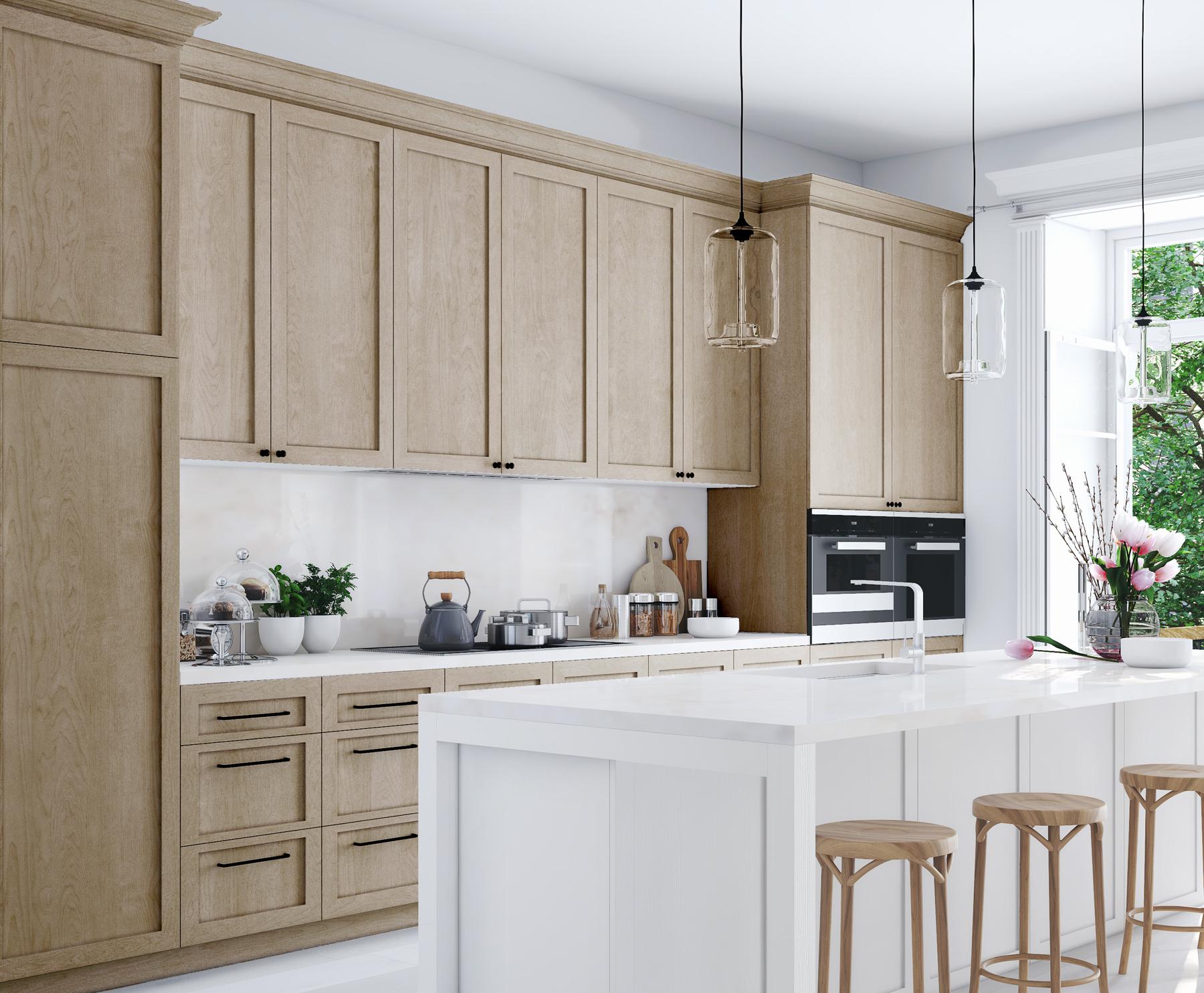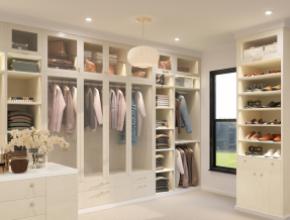Talk to anyone who works with wood veneers on a regular basis and you’re likely to hear about a love/hate relationship.
Hate: Inconsistencies. Waste. Availability. Cost. To this, we can add carbon footprint, because for all its beauty and the simple “from forest to furniture” story, using hardwood veneers takes a heavier than necessary toll on our environment.
Love: Nothing else looks or feels like fine stained and finished wood, and veneers represent an unspoiled palette for wood finishers.
Veneer’s exclusive claims to the aesthetics we love may soon be coming to an end. International decor paper printer Toppan is about to launch a radically new idea: a paper printed with high-def woodgrains that can be stained and finished exactly like natural veneer, using the same chemistry and equipment. Kiri is its name.
Toppan partnered with Adam Fuhr, a coatings chemist and owner of wood finisher Widner Products, to create a system of water-based coatings that can be applied to décor papers with traditional printing technology to help them accept traditional wood stains and finishes.

Shimmer included, plus saving the planet
Getting standard stains and finishes designed for wood to adhere to paper is a major leap, but this team has also managed something incredible. They've recreated the shimmering optical movement you see as you move finished woods and veneers in the light, known by some as “flip” or chatoyance.
Aesthetics aside, Kiri’s real benefit for the furniture and millwork industries is its sustainability story:
• Efficiency: One tree of standard veneer can surface only 2.5 kitchens. With Kiri, every tree harvested for fiber can surface 12.5 kitchens. That’s five times more mileage with Kiri.
• Carbon storage: Hardwood veneer trees absorb up to four times more CO2 per year than the fast-growth trees used for Kiri, and have a much longer lifespan, further increasing the amount of sequestered carbon.
• Less waste: Up to half of today’s veneers aren’t usable. With Kiri, you get 100% A-grade character with no waste.
Kiri’s consistency of character is a key advantage. How many times have you been asked to match the color of a laminate chip, only to find that every truckload of veneered panels requires tweaking the stain differently to get a consistent color for the whole project? And the character differences between the first and last panels are so striking it’s hard to imagine they’re the same species.
Kiri veneer will be available on standard finished plywood or composite substrates, ready for manufacturing just like wood veneered panels.
Is the market ready for high-definition printed woodgrains, on paper engineered to accept the same stains and finishes currently in use? We’ll find out at IWF this August as Toppan officially introduces Kiri to the industry.







Have something to say? Share your thoughts with us in the comments below.